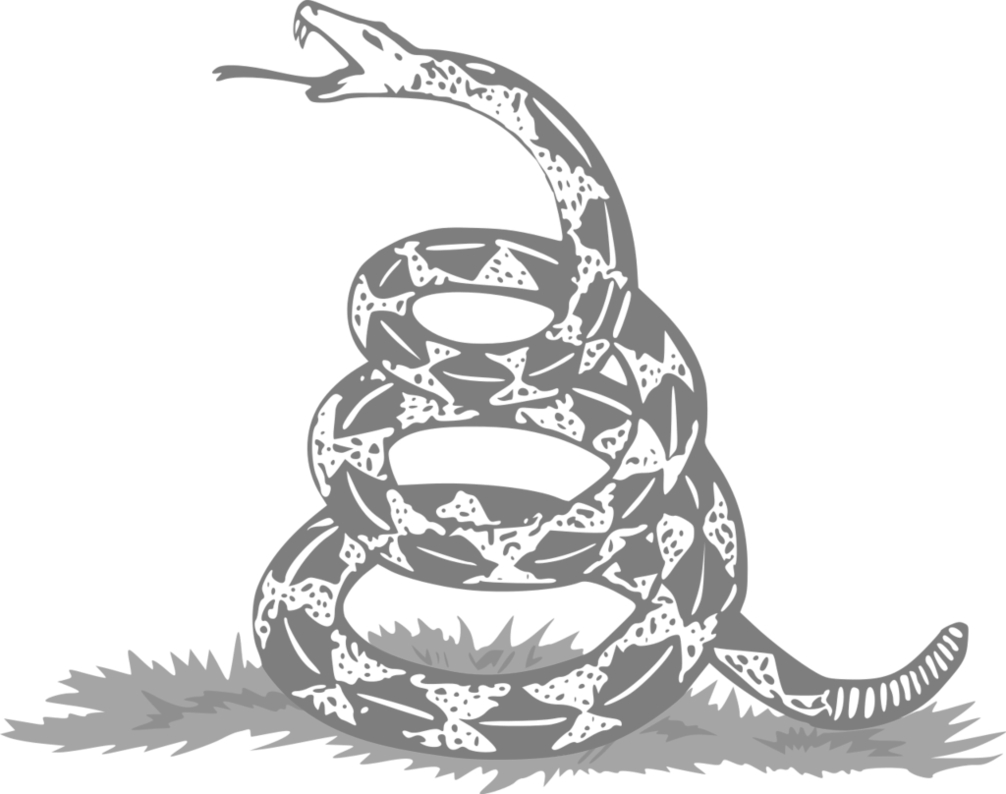Paul Krugman and the mandate of the Central Bank
I read a lot of enthusiastic retellings of Paul Krugman's column about the ruble exchange rate. First there is the good old base - the impossible trinity, you can not simultaneously achieve three goals: 1. ensure the free movement of capital, 2. pursue an independent monetary policy and 3. maintain a fixed national currency. Only 2 out of 3 options are available at a time. Do you want 1 and 2? Give up 3. Want 2 and 3? Give up 1. Want 1 and 3? Skip 2. Krugman gives examples of countries choosing different options.
Russia, if anything, has tried different configurations. The USSR had a fixed exchange rate, an independent monetary policy, but a complete ban on the movement of capital. In the 2000s, there was actually a fixed exchange rate with free movement of capital, but there was no independent monetary policy. After 2014 - independent monetary policy and free movement of capital, but the exchange rate is floating.
Krugman claims that in pursuit of stabilizing the ruble, Russia decided to choose not 2 options out of 3, but only 1. They say that the exchange rate is fixed, restrictions on capital movements are introduced, but independent monetary policy is also abandoned. And then I got confused. Cringe, in other words.
What is wrong?
The Central Bank's mandate is not the exchange rate, but inflation. But if the exchange rate becomes a key pro-inflationary factor, and the opportunities for intervention are blocked, the regulator has no other choice but to impose restrictions on the movement of capital. Why is the exchange rate now one of the key factors of inflation (and not just an indicator of stability)? Because, firstly, blocked import channels already make goods from abroad expensive, and the weakening of the ruble only increases the pass-through effect on inflation. Secondly, the weakening of the ruble is reflected in inflationary expectations, the growth of which unwinds the inflationary spiral, which only accelerates inflation. This whole hype is about the expectations of even greater growth. And the work to strengthen the course is an attempt to cool expectations.
In addition, has the Central Bank lost the ability to manage rates? No. The Central Bank acts in the same way as it did at the end of 2014 - then, with a jump in the exchange rate, the Bank of Russia increased the rate to 17%[1]. The Central Bank acts within its mandate and conducts an independent monetary policy. Fixing the exchange rate and restrictions on the movement of capital does not mean the loss of independent monetary policy. Moreover, the rate, with all the reservations, is still formed on the currency exchange - and not literally appointed by the currency board.
I am sure that as soon as the economy adapts to the transformational shock, the rate will be gradually reduced. Then, over time, capital controls will be loosened—although this process will certainly take longer. Together with the weakening of capital controls, they will return to a floating rate.
Or should we do the same as Erdogan? Supply-side shocks are now generally dominating. Therefore, the policy should be primarily structural - measures to reduce the regulatory burden, liberalization and subsidization of imports, and so on. Is it in the competence of the Central Bank?
In general, a very strange Kurgman column.
Grigory Bazhenov 2022-04-07
